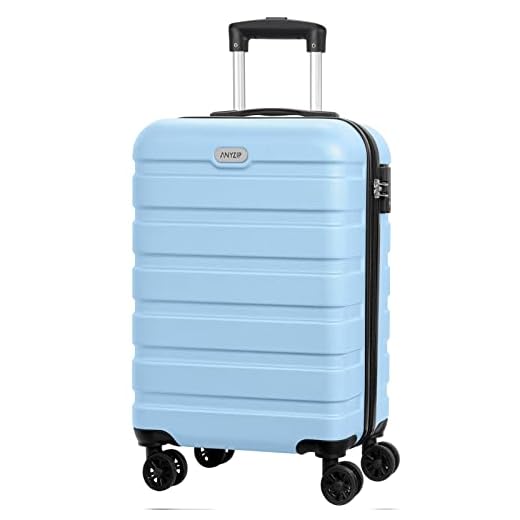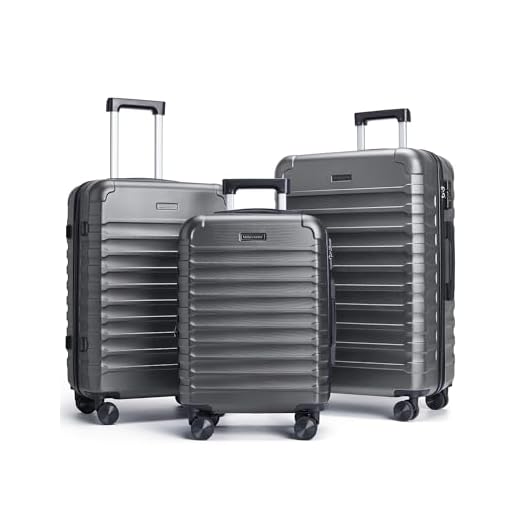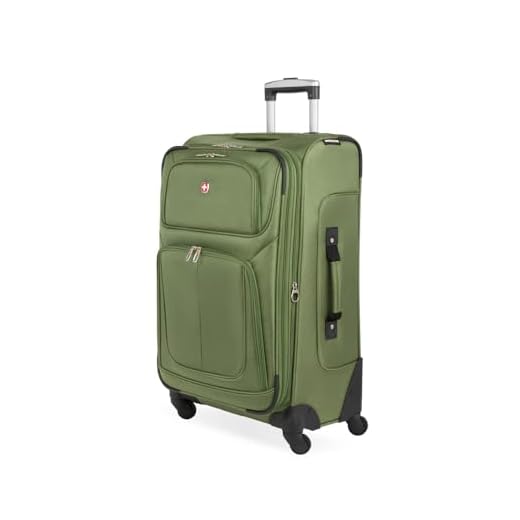





As a general rule, it is possible to add more items to your carrying allowance when making connections between flights. Different airlines have their own policies, so it’s crucial to consult the specific rules of your carrier beforehand.
To facilitate this process, consider arriving at your layover airport well in advance. This extra time will allow you to address any potential issues with your baggage while ensuring you don’t miss your next flight.
If needed, confirm whether your items can be added at the transfer desk upon arrival. Some airlines may charge fees for excess items, so check the pricing beforehand. Additionally, understanding the size and weight constraints will help avoid surprises later on.
Lastly, always keep essential items and important documents with you, as they should not be included in the additional baggage you intend to submit. By being informed, you can make your experience more seamless.
Guidelines for Adding Extra Baggage During Layover
Yes, it is possible to add more items while in transit, but specific rules apply depending on the airline and the type of itinerary.
Here are essential points to consider:
- Contact your airline before travel. Policies differ widely regarding additional items between carriers.
- Review baggage allowance specific to your ticket class. Some fares may include more weight or items.
- Arrive at the airport early. Allow sufficient time for any fees and handling of extra items.
- Know the location of baggage drop-off points at the layover airport. Some terminals may require you to exit and re-check your items.
If the initial carrier partners with others, ensure all arrangements accommodate your new items across all segments. Double-check connection details for transitions.
Fees for excess weight or items can vary significantly, so it’s advisable to confirm payment options and amounts beforehand. Clear documentation helps avoid complications.
Utilizing the services of airport staff upon arrival at the connecting point will facilitate managing your bags efficiently.
Understanding Airline Policies on Luggage During Transfers
Review airline rules regarding baggage with layovers prior to booking. Many carriers require passengers to recheck belongings if switching between different airlines. A few airlines have interline agreements that facilitate automatic transfers, but this isn’t universal. Always verify if your ticket covers this option.
Interline Agreements
Confirm if the airlines involved have a partnership. If they do, travelers might not need to handle their bags. This arrangement simplifies movement between connecting flights and can save time at the airport.
Fees and Weight Limits
Understand potential charges for additional items. Each airline enforces specific weight limits and fees for exceeding those limits. It’s advisable to check the airline’s policy on permitted weight before packing to avoid surprises at the airport.
Always stay informed about specific requirements for the chosen flight path. Contact customer service for clarification if policies seem unclear.
Steps to Check in Additional Luggage at Transfer Airports
Confirm the regulations of the airline for permitted items and weight restrictions prior to arrival at the airport. Each carrier may impose specific rules.
Visit the airline’s website or contact customer support to understand the procedure for adding items when connecting through specific airports.
Arrive early to ensure a smooth experience, allowing adequate time to handle extra baggage arrangements.
Proceed to the designated check-in area upon reaching the airport. If not directed, find assistance from the airline personnel who can guide you on the next steps.
If a special terminal or location for your airline exists at the transfer airport, ensure to head there. Be prepared for additional charges based on the dimensions and weight of your items.
After paying any necessary fees, obtain new tags for the added items. Keep these tags accessible for a seamless process at the following flight’s boarding.
In case of lengthy layovers, store your extra items in airport facilities if the airline allows it. This can simplify movement through the transit area.
Finally, verify that all your belongings are properly documented and aligned with your travel itinerary. This helps prevent misunderstandings upon checking in your items for the successive leg of your travel.
Potential Fees for Checking Extra Luggage in Transit
Assess fees prior to making arrangements for additional baggage at connecting airports. Charges vary significantly among airlines, often influenced by travel class, distance, and specific airline policies.
Most carriers impose a fee structure based on weight categories–typically for bags exceeding a certain limit. Common rates can range from $50 to $150 or more for each piece that doesn’t comply with standard regulations. Frequent flyers or premium members may find reduced costs or waived fees.
Travelers should also be aware of potential charges at transfer points. If your itinerary involves multiple service providers, it’s essential to understand that each may have differing policies, possibly leading to cumulative costs if managing bags between flight segments.
Lastly, consider potential weigh-in penalties at check-in. If exceeding allowed limits, fees may apply even for duly registered pieces. Always inquiry about available options and their implications on overall travel expenses. For comprehensive travel planning, integrating useful tools–like understanding the best cutting width for lawn mower–can streamline your decision-making process.
What to Do If You Miss Your Connection with Extra Luggage
Immediately contact your airline’s assistance desk after realizing you’ve missed your next flight. Inform them about your situation regarding your excess baggage and ask for guidance on your options.
If your layover allows you sufficient time, it may be possible to retrieve your items and recheck them for the new flight. Ensure to verify the airport’s policies on retrieving baggage from a transit area, as rules may vary significantly by location.
In the event that time is limited, ask airline staff if the bags can be sent directly to your final destination without your intervention. Some carriers provide a service for handling rebooked connections with items, reducing the need for additional handling.
Be prepared for potential charges associated with your belongings. Airlines often have specific tariffs for extra items, which can differ depending on the route and your ticket class. It’s advisable to research these tariffs beforehand or inquire directly with staff.
| Scenario | Recommended Action |
|---|---|
| Long Layover | Retrieve and recheck items; confirm airport policies. |
| Short Layover | Ask if items can be sent directly to the destination. |
| Additional Charges | Inquire about fees for excess items and available services. |
Always have your baggage claim tickets handy, as these will be essential in tracking and managing your bags. Knowing your rights regarding missed connections and excess belongings will also assist in facilitating the process smoothly.
Tips for Smooth Luggage Transfers Between Airlines
Always verify the policies of both carriers involved in the itinerary to understand their rules regarding baggage handling. Different airlines may have varying regulations concerning weight, dimensions, and fees for excess items.
Documentation and Tagging
- Ensure proper tagging on all items. Ensure each piece is clearly labeled with your contact information.
- Retain all receipts for additional service fees in case you need to address issues later.
Scheduling Considerations
- Allocate ample time between connections. A minimum layover of 2-3 hours is advisable for seamless transfers.
- Utilize online tools to monitor your upcoming flights and potential delays to have a better grasp of the timeline.
Should you need a reliable stroller for convenience on your trip, consider looking into the best umbrella stroller for older child.
Before finalizing plans, assess the airport layout to familiarize yourself with the transfer procedures, especially if changing terminals or airlines. This preparation can significantly ease the transition from one flight to the next.







